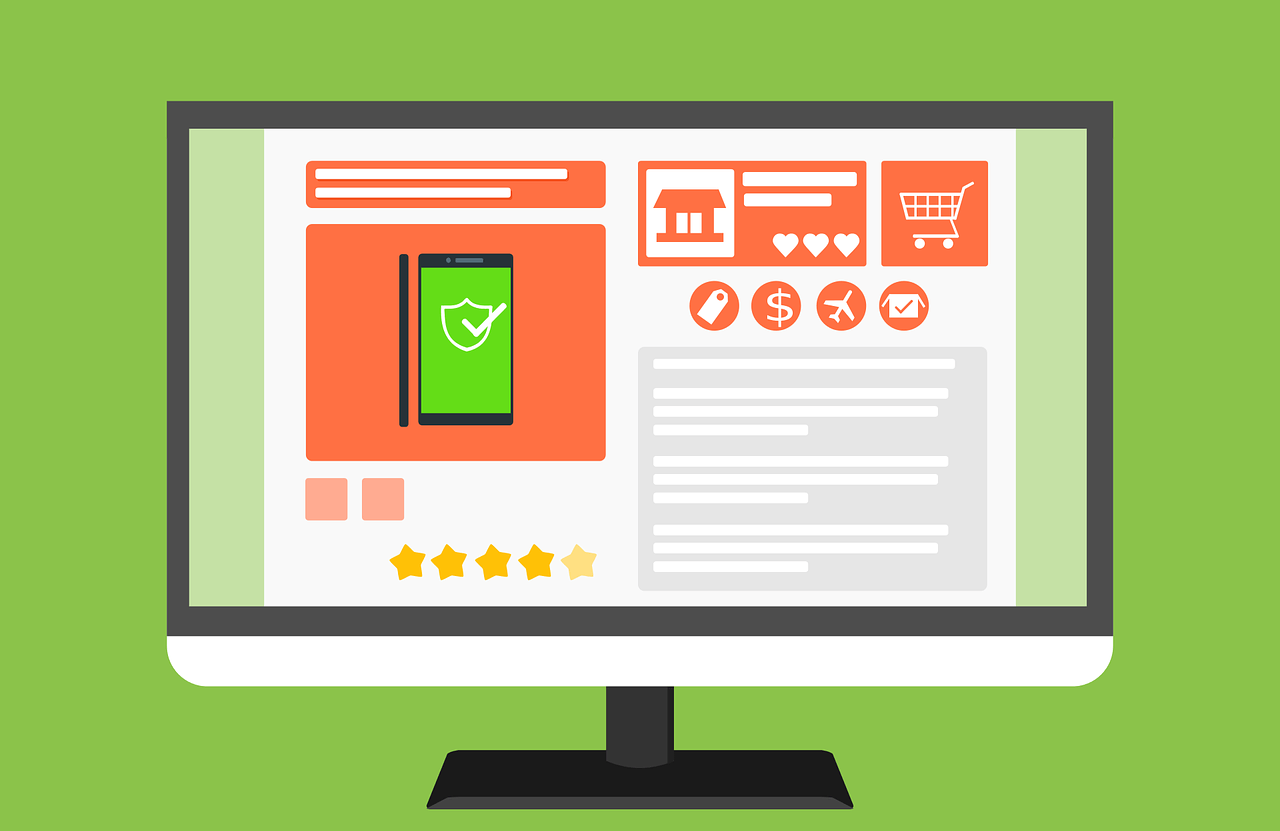Don’t forget about the TEXT…

The web is filled with advertisements anxious to get your attention. I am not going to pretend that the medium ad in the lower corner of my screen right now is not going to earn my click - because those shoes are a bargain at that price! But having a well-thought-out placement schedule for your ads is not the only examination that needs to be done when building your campaign. In order to make your ad work for you, you must consider the whole design.
A digital ad’s job is to excite the user and lure them to click. And we know, branding and quality visuals are the first key to getting your ad noticed by a consumer. But let’s put the well-thought-out color scheme and first-rate, high-quality images aside for just a second. After you grab the attention with your visuals and awesome branding, how do you convey the message?
I like to ask myself: how important is the command? Text on an ad has to be short, to the point and not too revealing, if we want it to be effective. People are more likely to click on the ad if the headline text has a good call to action, all within 20 characters or less. Sometimes your long website link is better left on your website and not on your ad. You want them to click to find out more so don’t reveal all in one glance. You can get that click by simply telling them to “Get this Deal” or “Buy Now”.
Stick to your branding, but don’t stick to one overall design. Ads typically don’t stay stationary on any page and you don’t want to just have one-size ads, so take the time to liven up the visuals and move around the text with the different sizes.
Keywords are a must in your text. Include them. If you sell the best women’s wedge boots on the planet, then you definitely want to include wedge boots in your headline.
Don’t forget to give yourself that pat on the back! You have free shipping? Do you have services, products or bargains that make you the best in the land? Glorify it! Let them know by using those quality visuals and bold text.
Make sure your website matches your promotion. Don’t lead them on to believe you have the greatest deals on women’s leather boots just for the consumer to find out you have only one of those in stock and not even in the most common size.
We all know that people are mostly visual, living in this vibrantly wide-screened world. While it may seem to make sense to focus on advertising that is right-in-your-face, just remember that one of the reasons I have "modern street style" wedge booties in my online cart is because of the text in that ad that did its job.










